|
Smooth sow-thistle Prickly sow-thistle Dandelion type plantsIn this article we explore the bewildering array of dandelion-type plants which come into flower at this time. As we approach May more and more of the complex plants of the Daisy (Asteraceae) family reveal themselves. They are often known as composites as the flowers are made up of many tiny flowers packed into one compound head. The earliest of these flowers is the dandelion itself followed by many of its close relatives. In April the sow-thistles both prickly and smooth are the next to flower after the dandelion. The sow-thistles are unnoticed by most as they are considered just another weed. ‘O the prickly sow-thistle that grew in the hollow of the near field, I used it as a high jump coming home in the evenings...’ -Patrick Kavanagh. They have large fleshy foliage with milky juice, are extremely common and flower earlier than the wild lettuces which flower later in the year. Smooth hawksbeard Rough hawksbeard Beaked hawksbeard Bristly ox-tongue At a similar time the hawkbeards (Crepis) start to announce themselves although growing tall they are more slender than the Sow-thistles with narrower leaves. They are told apart from the hawkweeds by their sepal-like bracts. The flowers are golden bright and are in clusters, the individual species can be often told apart by the colour of their outer florets. The beaked hawksbeard (Crepis vesicaria) is the first to come into flower, its outer florets orange beneath and is generally followed in June by the most common smooth hawksbeard (Crepis capillaris) with reddish outer florets and the slightly less common rough hawksbeard (Crepis biennis) which is downier and often taller. The bristly oxtongue also flowers in May (Picris echioides) has also started to flower which is very distinctive broad plant with very pimply, prickly leaves growing on heavier soils and often nearer to the sea. Cat's-ear Rough hawkbit Nipplewort The hawkbeards closest campions include the hawkbits of which the cat's-ear (Hypochaeris radicata) and rough hawkbit (Leontodon hispidus) may well now begin to flower. Both species are short and the cat's-ear has chaffy scales amongst the florets and its outer florets are greyish/greenish beneath. The rough hawkbit has shaggy bracts and its outer florets are reddish orange. Nipple wort (Lapsana communis) is a taller more branched species which has also started to flower.
The leafy hawkweeds like the lettuces can be explored later in the year. The above plants are common in our grasslands providing nectar-rich grasslands for many species of invertebrate. If these plants were rare or imported we would marvel at their stately foliage, their bright golden flowers and myriad of forms and to continue with the poem above maybe we would do what Patrick Kavanagh suggests : ‘I jump over them and rub them with my hands and a free moment appears brand new and spacious where I may live beyond the reach of desire’ May we continue to find the time to appreciate the weeds and find that free moment inside. If you would like to support our work and go even more deeply into Nature Connection please become a member and have exclusive access to our online course.
0 Comments
Leave a Reply. |
Details
Poetry of flowersJoin me to explore the flora of the British Isles on this blog. My intention is to attempt to capture the unique quality and beauty of each species of flower, tree or shrub. For every species featured I will be growing many more wildflowers to celebrate the joy of their existence, their intrinsic conservation value and bewildering array of uses. For nearly 30 years I have noted, studied and explored wildflowers in the field much to the patience of the walker beside me. To share this passion is a heartfelt plea to respect, preserve and care for all British Wildflowers no matter how common they seem. Archives
February 2024
Categories |

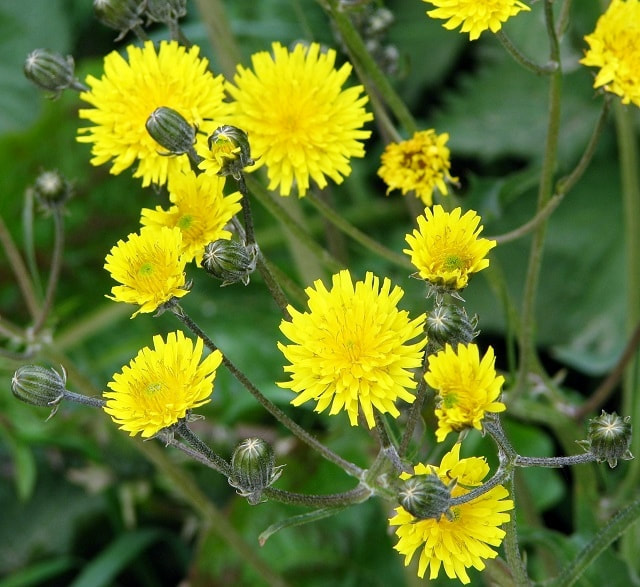
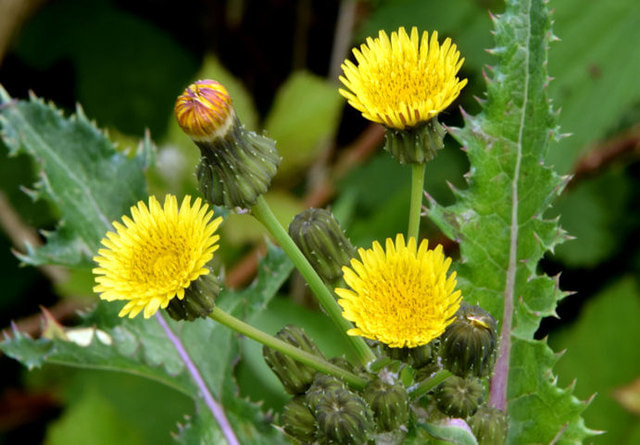
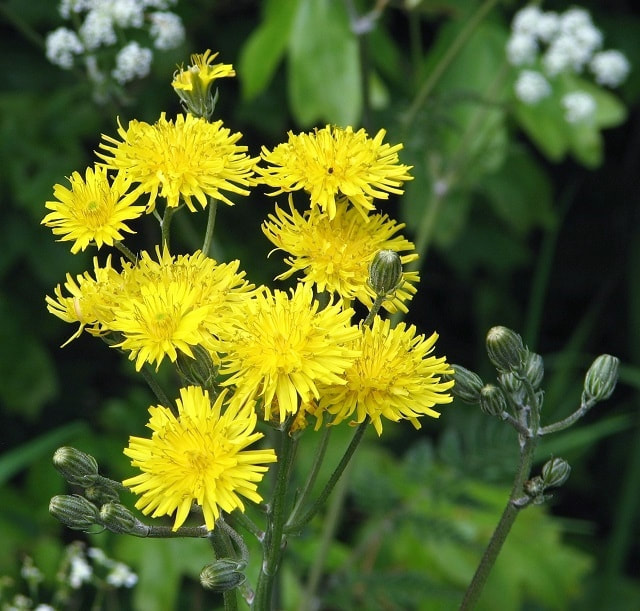

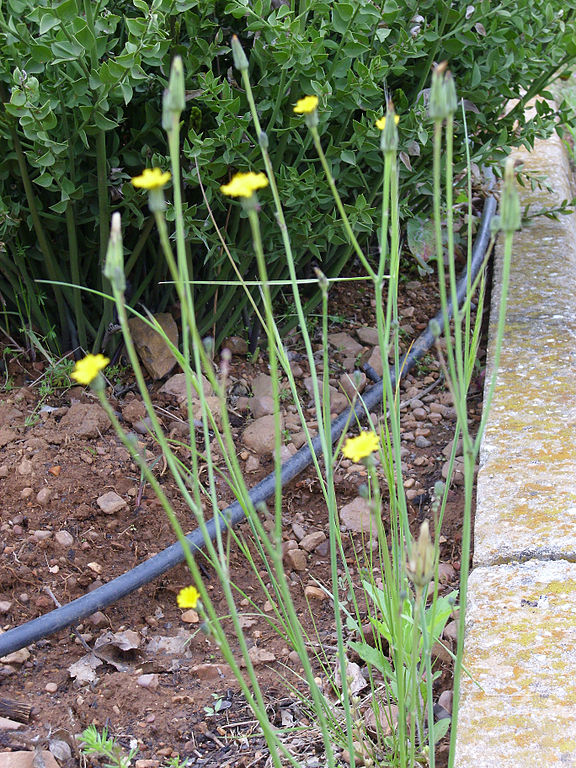
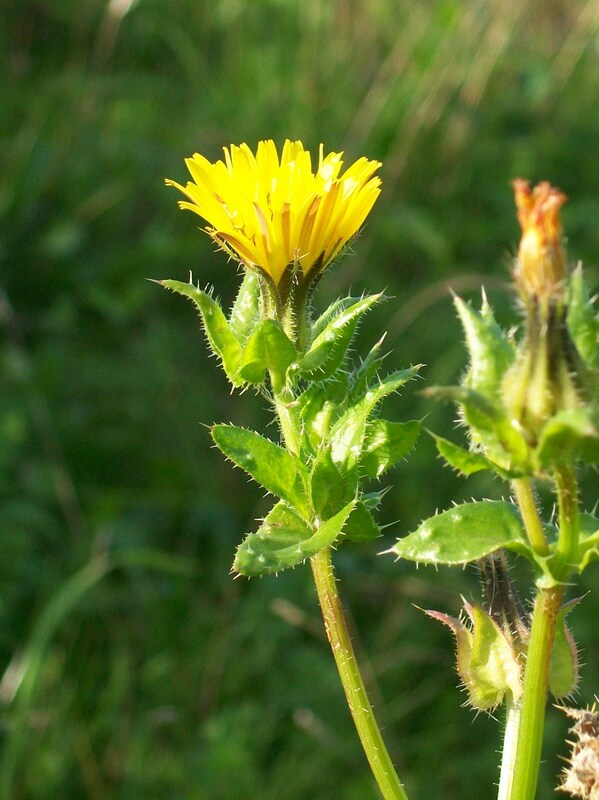
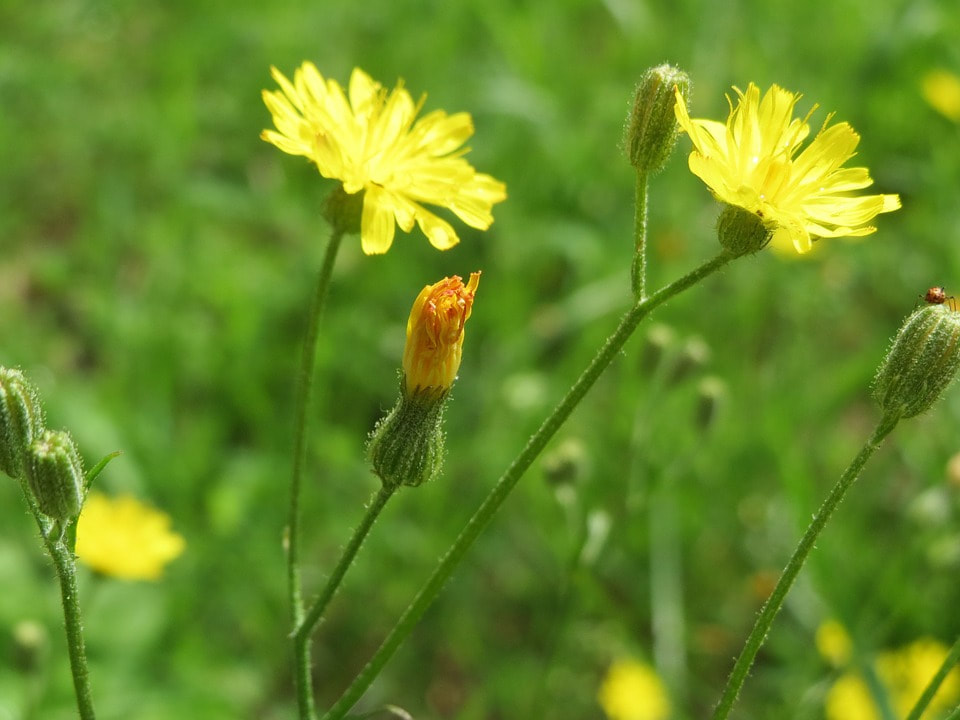

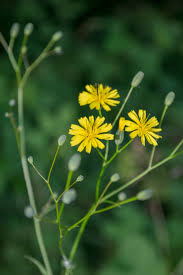
 RSS Feed
RSS Feed
